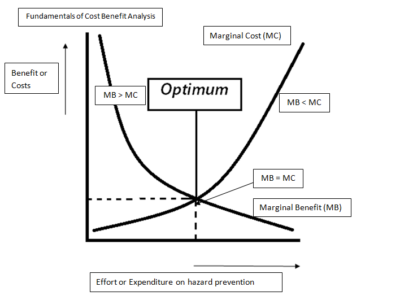Discounting
Cost-Benefit Analysis: FAQs
Cost-benefit analysis has been a key part of the regulatory process since 1980. Here’s how it works.
Cost-benefit analysis is required for all major regulations. It’s also highly controversial, as well as being a mysterious procedure unless you’re an economist. These FAQs will tell you what you need to know about how cost-benefit analysis (CBA) fits into the regulatory process, how it works, and why it’s controversial. Q: Let’s start with a …
Continue reading “Cost-Benefit Analysis: FAQs”
CONTINUE READINGLegacy Goods and Environment Preservation
The value of some goods like wilderness today depends on their futures.
Normally, economists imagine, equal experiences become less valuable as they recede further into the future. But some types of goods don’t have that kind of relationship with future experiences. They can become more valuable as they extend farther into to the future. Take this blog post, for example. I’m really happy that you’re reading it …
Continue reading “Legacy Goods and Environment Preservation”
CONTINUE READINGDiscount Rates and Middle-Class Stagnation
Discount rates are how economists measure the importance of the future versus the present. If the discount rate is low, we care a lot about the future; the reverse is true if the rate is high. It turns out that one of the key factors driving the discount rate — maybe the key factor — is …
Continue reading “Discount Rates and Middle-Class Stagnation”
CONTINUE READINGWhat Would Conservative Environmental Policy Look Like?
Now that the Republican Party is set to take control of the House, and maybe the Senate, we might want to ask what we might mean by a “conservative” environmental policy. I was thinking about this question the other day, and then by chance came across this passage from Russell Kirk’s major work, The Conservative …
Continue reading “What Would Conservative Environmental Policy Look Like?”
CONTINUE READINGYour Environmental Talmud Learning of the Day
Come and learn: religion is not economics.
CONTINUE READING





